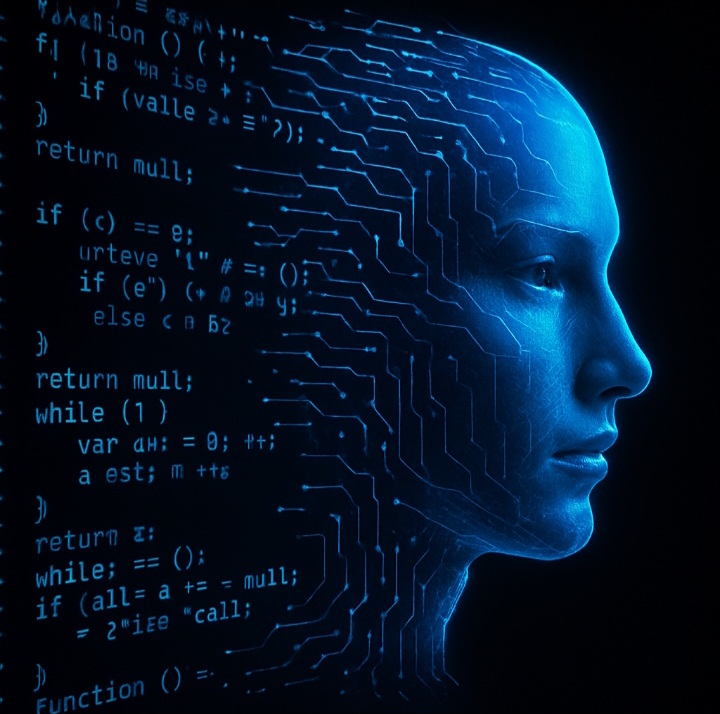The term “woke AI” has been thrown around in recent years to describe the alignment of AI-generated content with progressive social values. Depending on who you ask, that’s either a necessary safety feature—or a form of ideological control.
These models are designed to avoid harmful speech, protect marginalized groups, and uphold values like inclusivity. But critics argue that these protections sometimes go too far—silencing dissenting views, sanitizing nuance, and reflecting the worldview of Silicon Valley rather than a pluralistic public.
So what happens when AI becomes a moral gatekeeper rather than a neutral tool?
What Chomsky Warns Us About: Disinformation vs. Institutional Power
Long before AI entered the conversation, Noam Chomsky was already diagnosing the disinformation problem—but not in the way most do. For Chomsky, the biggest threat isn’t just fake news from the fringes, but the systemic shaping of public discourse by dominant institutions.
In his seminal work Manufacturing Consent, Chomsky argued that corporate media and political elites shape narratives not through obvious lies, but through selective framing, omission, and limited bandwidth for dissent. The danger isn’t just propaganda—it’s the illusion of free discourse.
In that light, LLMs—trained on curated datasets and aligned with “trusted” sources—could unintentionally replicate those same patterns of control.
What Do LLMs “Trust”?
It’s important to clarify: AI doesn’t believe anything. LLMs don’t “know” or “trust” in the way humans do. Instead, they’re trained on vast amounts of text and tuned to echo the statistical patterns of that data—reinforced by human feedback and alignment protocols.
So what counts as “truth” in these systems? Typically:
• Academic publications
• Wikipedia
• Mainstream journalism (e.g., Reuters, NYT, BBC)
• Scientific consensus from institutions like WHO, NASA, etc.
That may sound reasonable—and in many ways, it is. But what happens when these sources themselves are shaped by bias, political influence, or limited cultural perspectives?
Think of the early days of the COVID-19 pandemic:
• The lab-leak hypothesis was dismissed as misinformation—until it wasn’t.
• Dissenting scientists were flagged or banned—only to later be proven partially correct.
• Palestinian and Indigenous perspectives are often filtered or deprioritized in datasets due to source biases.
In these moments, the line between “misinformation” and “uncomfortable truth” gets blurry.
The Tension: Safety vs. Epistemic Openness
There’s a deep paradox here. We want AI systems to be safe. But if that safety comes at the cost of silencing legitimate critique or minority viewpoints, we risk creating what Chomsky might call a digital simulation of consent—where dissent becomes invisible not because it’s wrong, but because it’s algorithmically unthinkable.
This isn’t science fiction. It’s already happening in subtle ways:
• Controversial historical interpretations are rejected as “off-topic.”
• Models refuse to discuss certain political issues with nuance.
• Users asking philosophical questions are redirected to bland generalities.
Is this protection—or programmed passivity?
Who Controls the Narrative?
At the heart of the “woke AI” debate is control. Not control of the AI itself—but control of the narrative.
• Tech companies like OpenAI and Anthropic shape alignment through policy.
• Governments propose legislation to guard against AI-generated disinformation.
• Cultural gatekeepers influence what “ought” to be said and what’s taboo.
And yet, if AI becomes the main medium through which people access knowledge, ask questions, or explore meaning—then AI isn’t just reflecting culture; it’s shaping it.
This is where Chomsky’s warnings about centralized power hit home. If AI tools reflect only approved consensus, they risk becoming mechanisms of digital hegemony—not enlightenment.
What Would a More Open AI Look Like?
Instead of arguing for “woke” or “anti-woke” AI, perhaps we need to advocate for interrogable AI—systems that:
• Attribute their sources transparently
• Disclose epistemic uncertainty when relevant
• Offer multiple valid viewpoints, not just one polished answer
• Let users adjust filter settings or select interpretive stances (e.g., scientific, philosophical, skeptical, religious)
This is not a rejection of alignment. It’s a call for accountable pluralism. In a Chomskyan sense, truth emerges not from consensus, but from open confrontation with opposing claims.
Final Thoughts: AI and the Ethics of Knowing
AI has become a mirror—but it’s not a passive one. It reflects back to us not only what we know, but what we allow ourselves to know. And in the face of institutional disinformation, ideological filters, and engineered consent, we must ask:
Will AI empower free inquiry—or limit it to the acceptable margins of the status quo?
At IdealHive, we believe in tools that serve cognition, curiosity, and consciousness. Not just polished answers—but deeper questions. Not just safe responses—but meaningful dialogue.
The battle for truth isn’t about silencing noise. It’s about cultivating the wisdom to listen beyond the signal.
ChatGPT and Paul Tupciauskas
Hashtags
#AIethics #NoamChomsky #WokeAI #Disinformation #LLMs #ArtificialIntelligence #TruthAndPower #OpenAI #GenerativeAI #FreeSpeech #DigitalCensorship #IdealHive #CognitiveTools #AIAlignment #InformationWarfare #Epistemology #TechPhilosophy
|
|

